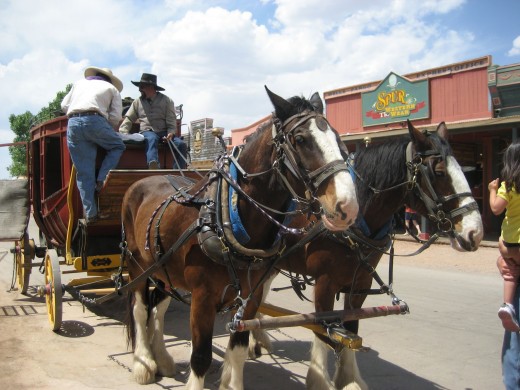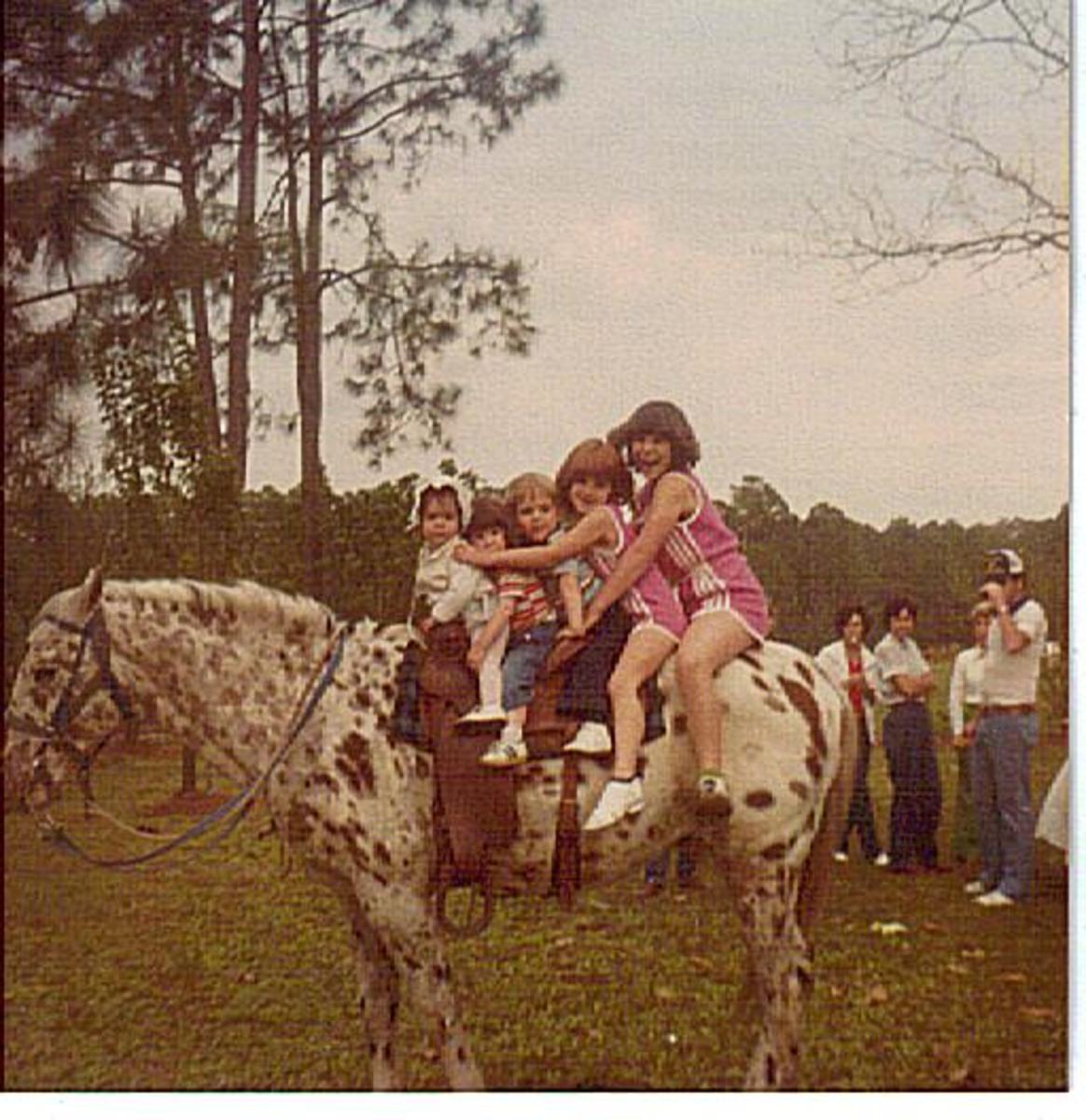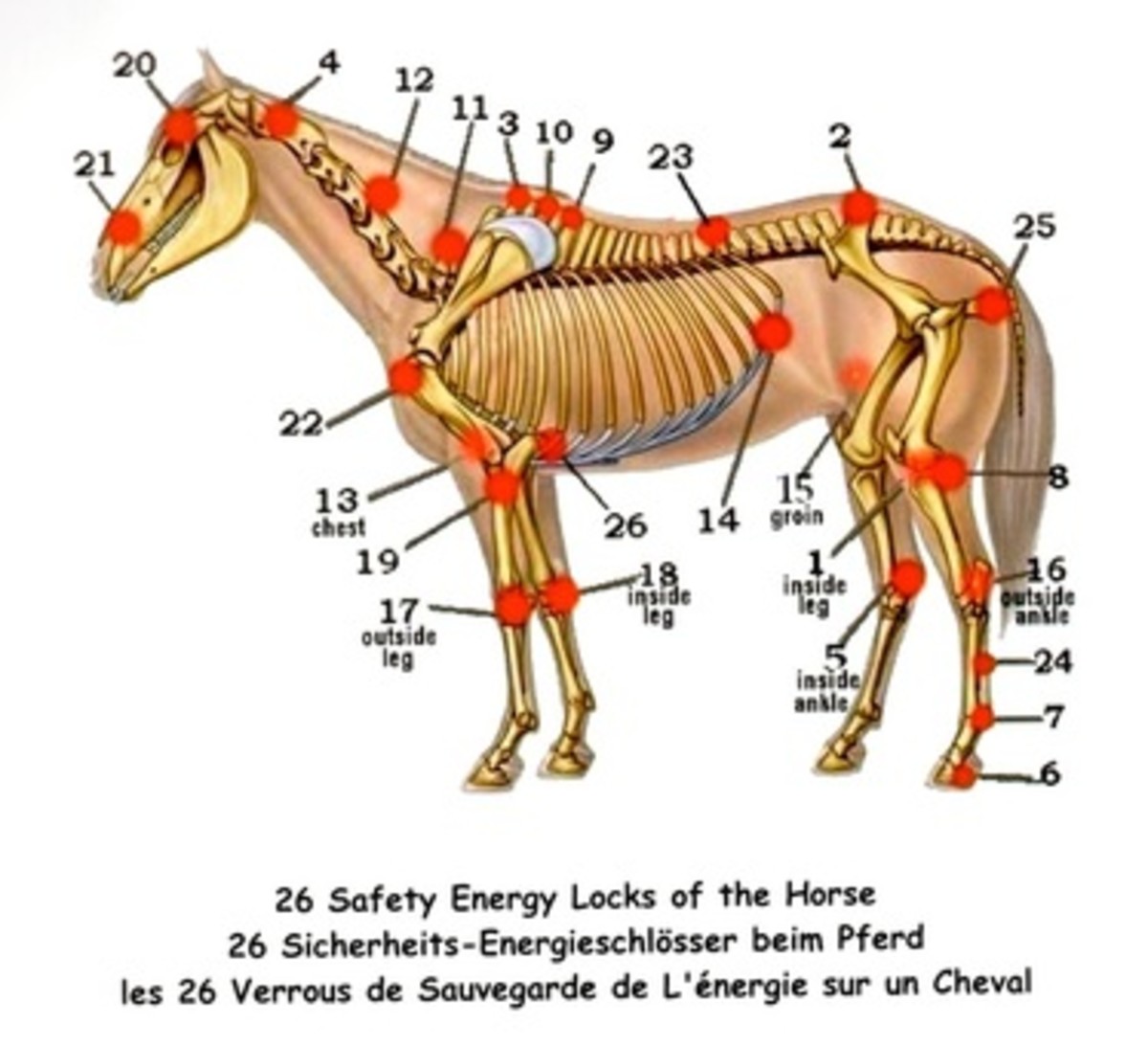Taking a Carriage Ride? Warning Signs

Carriage Rides
One of the things you can sometimes do in a strange city is take a carriage horse ride or tour. Recently, these operations have received a lot of bad press. Much of it, however, is from animal rights activists or people concerned about horses mixing with traffic and resultant accidents. Many of those protesting the use of carriage horses in New York's Central Park appear to be against any use of horses at all.
However, while most carriage operations are well put together, with drivers needing to pass licensing tests and horses well cared for, there are exceptions. How can the non horse person avoid giving their money to a bad operator?
Food and Water
Carriage horses (and mules) should always be in good condition. You should never be able to see an animal's ribs. Although carriage horses often put in a good day's work, they seldom go faster than a walk, so some even end up a little bit on the chubby side. They should not, however, be fat or obese, which is as bad for a horse as for a human.
Horses should be observed to be offered water regularly, especially in hot climates. Mules and donkeys can and will work all day without water and may not be watered during the work day, but horses should be offered water at least once an hour. Good companies will offer water every time they have a five minute break without passengers. You may also see animals taking a lunch break with bags over their noses, although many horses do manage to do a full shift without being fed.
Lameness
It is very hard for a non horse person to detect a subtle lameness (in fact, lameness, especially bilateral lameness, can even be missed by people who know what they are doing).
However, if you see any horse limping (and not being immediately pulled up and checked over), then it should be obvious that the company does not deserve your money. It is normal, and a sign of relaxation, for a horse to rest a hind leg and most carriage horses are likely to do this between customers. A horse that is not putting its weight on a foreleg, however, is lame. A horse should not be worked with a missing shoe (the difference in height between the shod hoof and the unshod one can cause soft tissue injury).
Cleanliness
The horse, harness and carriage should all be clean. A horse that is not thoroughly groomed before being harnessed up is likely to develop harness galls (sores). Galls often heal back white...if you see more than one of the horses with white marks under the harness, this is a problem. If it's only one horse, I would generally let it pass, as it could be the fault of a previous owner.
The carriage should not squeak or groan as it goes past. This could be a sign of not enough axle grease being used, making the job unnecessarily hard for the horses. Even a historic carriage such as the stage coach pictured above should roll smoothly and be mostly silent.
Attitude of the horses
Again, it can be hard for a layman to tell whether a horse is happy. The trick is to look at the ears.
A carriage horse's ears will most commonly be turned backwards towards the coach or carriage. Carriage drivers use a lot of verbal commands to instruct the horses, and the horses should be listening to the driver. If not, they should be pricked forward. If a horse has its ears pinned back constantly, it is not happy. Now, there are legitimate reasons for a horse not to be happy, such as a lot of flies around that day. A mare who is in heat may also be grouchy. But if more than one horse is making faces at the driver and there doesn't seem a good reason for it, be suspicious.
A horse's ears should not be flopped straight out - this indicates pain, depression, or exhaustion. This is not, however, the case with mules. Some mules carry their ears that way as their default expression, and it can also be a sign of happy relaxation.

The Drivers
Driving a carriage is responsible. In some places, carriage drivers need to have drivers' licenses, in others they do not.
Be suspicious of any operation where the carriage drivers all seem to be teenagers. Teenagers as trail guides is not a bad thing, and is very common in some parts of the world, but carriage drivers have to handle the road and other traffic as well as, often, more than one horse. Look for places where the drivers are a little older and any young drivers have somebody accompanying them.
Watch how the drivers handle the horses. Do they show any affection towards them or are they just hopping onto the seat and starting out right away.
Carriage drivers always carry a whip. The whip is used as a signal and should never be used to beat the horse. Often, the horse is not touched with it at all, or only very lightly. A light flick with the whip to get a horse to step out is not a problem. Never patronize a company if you see any of their drivers beat a horse or scream at it. This is not just abusive to the horse, it's unsafe for you.
Safety
If the driver gets out of the carriage, does he have a second employee to hold the horses while he mounts back up? This is absolutely vital to prevent a runaway.
Is the harness leather? If synthetic harness is used, breakaways are essential to prevent the horse from becoming tangled and possibly going down. (Carriage horses should also be shod with road studs to reduce the risk of them slipping, but it is not possible to determine this visually without examining their feet).
Does the carriage have a slow moving vehicle triangle attached? These are a legal requirement in many places and a good idea any time carriages are used on public roads.
For your own safety:
Do not touch the wheels of the carriage, when entering or exiting or at any other time. Most passenger carriages, in any case, have mud guards over the wheels.
Do not stand directly in front of the horse or horses.
If you go to pet the horse, ask permission first, then talk to the horse as you approach. Most working carriage horses wear blinders, and if you suddenly appear in their vision without warning, they might spook.
Do not enter the carriage before the driver, even if they say it's okay - it's not.





